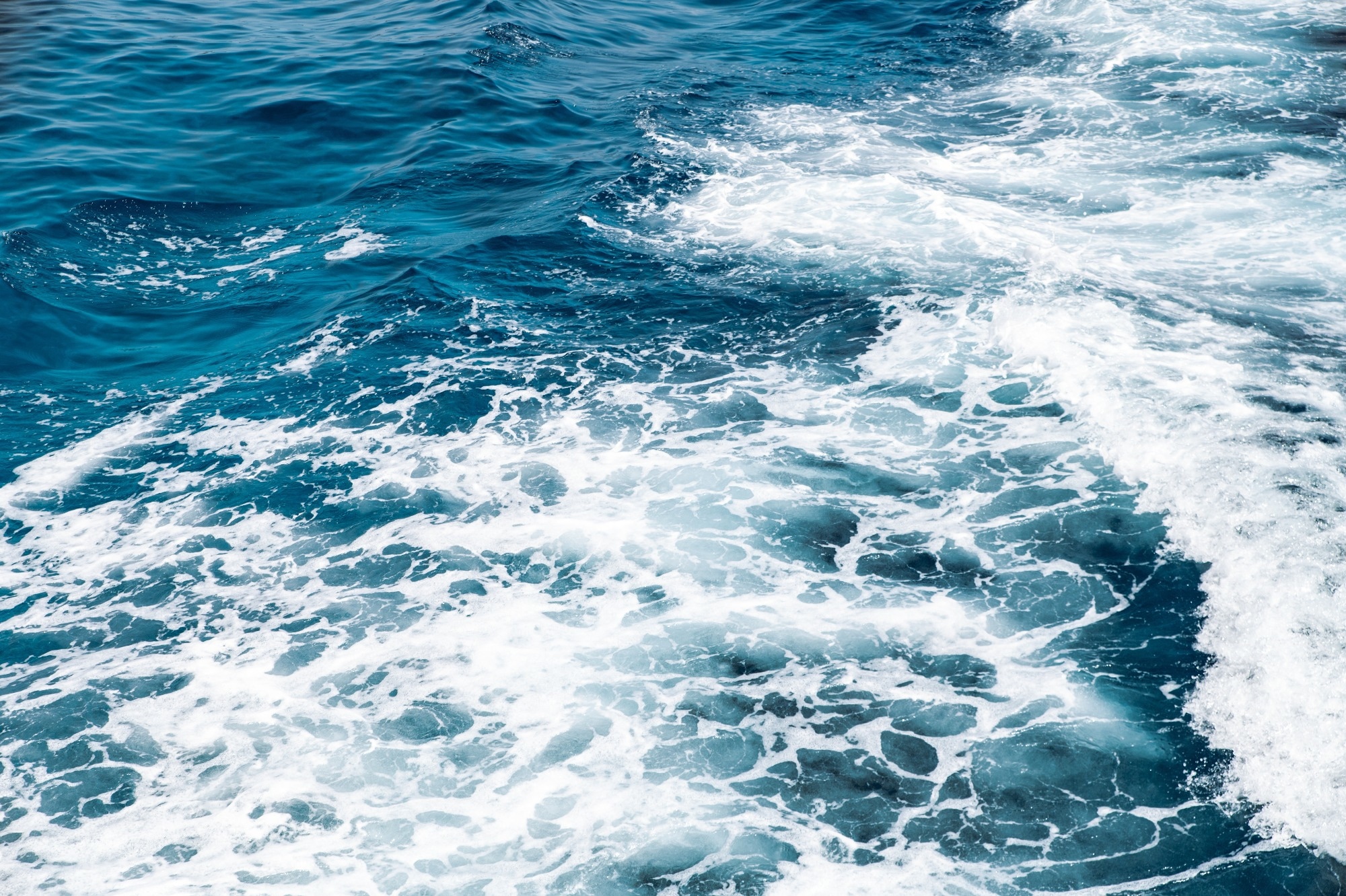Researchers Down Under have performed an astonishing feat by discovering a cost-effective, energy-efficient method that splits seawater to produce sustainable green hydrogen.

Image Credit: David Prado Perucha/Shutterstock.com
While splitting the sea sounds somewhat biblical in proportion, the team, led by Professor Shizhang Qiao and Associate Professor Yao Zheng from the School of Chemical Engineering at the University of Adelaide, reports the practical and direct electrolysis of seawater that has not been acidified or alkalized, which in turn achieves long-term stability.
We have split natural seawater into oxygen and hydrogen with nearly 100 per cent efficiency, to produce green hydrogen by electrolysis, using a non-precious and cheap catalyst in a commercial electrolyser.
Professor Shizhang Qiao, School of Chemical Engineering, University of Adelaide
Their findings were recently published in the journal Nature Energy. The team’s findings offer a solution that makes direct use of abundant seawater without the need for pre-treatment or the addition of other compounds, making the process, in theory, sustainable, efficient, and cost-effective.
Sustainable Electrolysis
Electrolysis refers to the process of splitting water into hydrogen and oxygen by introducing an electronic current or charge, which is typically done in a device known as an electrolyzer.
Water splitting electrolysis offers a promising route toward sustainable green hydrogen production – a process that typically requires the use of a catalyst.
This setup takes an electrical power source which is then connected to two electrodes made up of catalytic materials which are immersed in the water. Hydrogen then appears at the cathode, where electrons enter the water, and oxygen at the anode.
Conventional catalysts used in electrolysis are usually precious rare-earth metals such as platinum and iridium, both of which help produce renewable hydrogen, but these can be expensive and hard to acquire due to their scarcity.
Resultingly, researchers are looking for alternative catalysts that are more widely available and cost-effective, such as chromium oxide coated cobalt oxide, a transition metal oxide.
The team ran the commercial electrolyzer using the non-precious transition metal oxide and found its efficiency and effectiveness to be close to that when using a precious rare-earth catalyst.
The performance of a commercial electrolyser with our catalysts running in seawater is close to the performance of platinum/iridium catalysts running in a feedstock of highly purified deionised water.
Associate Professor Yao Zheng, School of Chemical Engineering, University of Adelaide
Seawater Feedstock
Using seawater as the feedstock demonstrates another key benefit of the innovative process, as typically freshwater is used as a feedstock for electrolysis. However, freshwater is becoming increasingly scarce due to factors such as industrial pollution and climate change.
This is why researchers are now turning to alternative water solutions and taking seawater as a feedstock, particularly in regions with long exposed coastlines and plenty of sunlight. However, seawater is considered impure due to its high salinity compared to freshwater, which can lead to increased maintenance costs for equipment used in the electrolysis process.
Usually, such impure water would be treated before the process begins to prevent corrosion and preserve the system’s life span. However, pre-treatment solutions further complicate the process and increase costs.
It is always necessary to treat impure water to a level of water purity for conventional electrolysers including desalination and deionisation, which increases the operation and maintenance cost of the processes.
Associate Professor Yao Zheng, School of Chemical Engineering, University of Adelaide
However, the University of Adelaide team was able to demonstrate the effective use of seawater as a feedstock without the need for pre-treatment while achieving performance results similar to a more conventional setup.
The next phase of the project involves scaling up the process and testing the method using a commercial electrolyzer which can be used for hydrogen production for fuel cells and ammonia synthesis.2 The team hopes that this novel process opens up a bright future for generating sustainable green hydrogen using seawater and cost-effective non-precious catalysts.
References and Further Reading
Stanley, J. (2023) Seawater split to produce green hydrogen, Newsroom | University of Adelaide. Available at: https://www.adelaide.edu.au/newsroom/news/list/2023/01/30/seawater-split-to-produce-green-hydrogen
Guo, J. et al. (2023) “Direct seawater electrolysis by adjusting the local reaction environment of a catalyst,” Nature Energy. Available at: https://www.nature.com/articles/s41560-023-01195-x
Disclaimer: The views expressed here are those of the author expressed in their private capacity and do not necessarily represent the views of AZoM.com Limited T/A AZoNetwork the owner and operator of this website. This disclaimer forms part of the Terms and conditions of use of this website.